"THE COMPLEAT ANGLER" Parts One & Two
(1653-76)
COMING SOON!
New editions of The Compleat Angler - Parts One & Two
edited & reimagined by Colin M Jarman
as a companion publication to his original novel:
The Compleat Angler - Part Three.
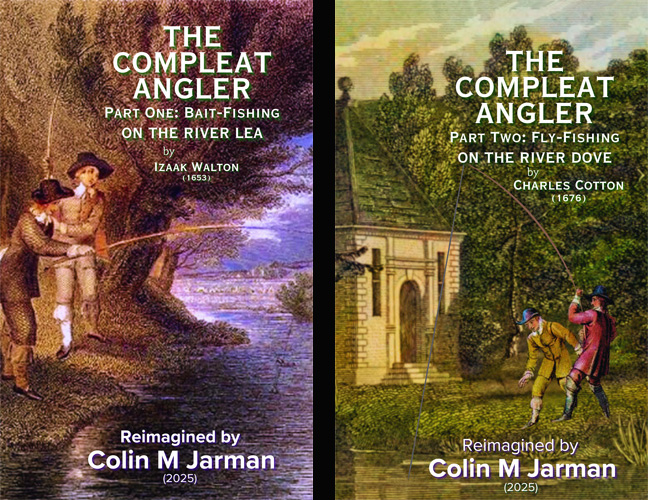
All three books will be published together - details to be confirmed.
The Compleat Angler trilogy is to be published by
Fish Fine & Far Off Media
The COMPLEAT ANGLER TIMELINE
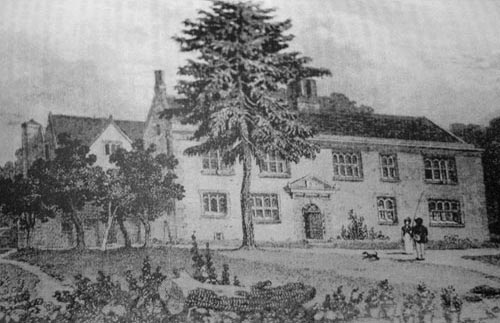
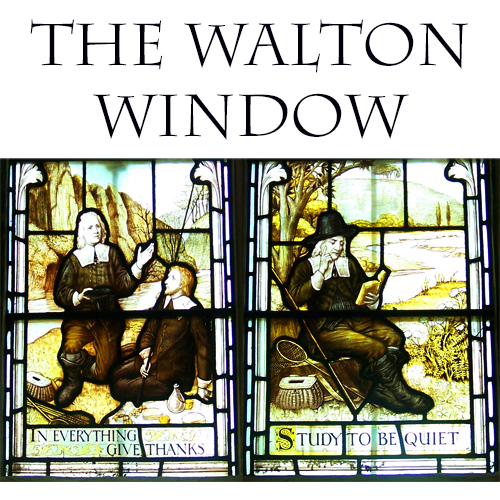
The almost COMPLETE HISTORY of THE COMPLEAT ANGLER
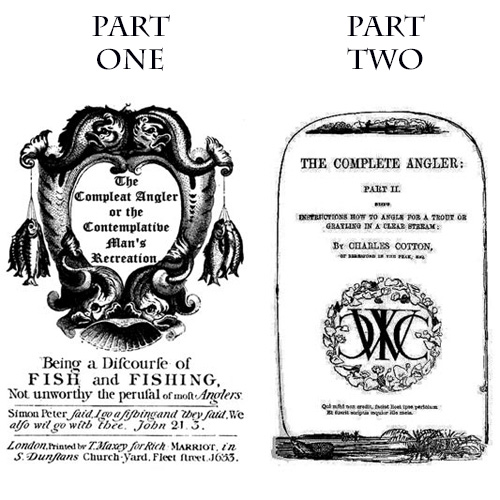
THE COMPLEAT ANGLER
PART ONE by IZAAK WALTON
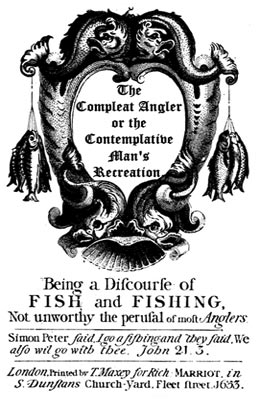
THE COMPLEAT ANGLER
PART TWO by CHARLES COTTON
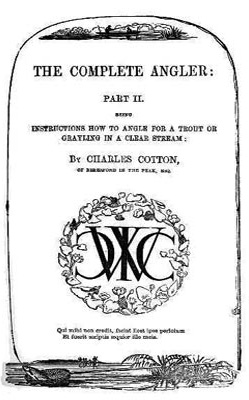
Rodolphe L. Coigney,
~~~
~~~